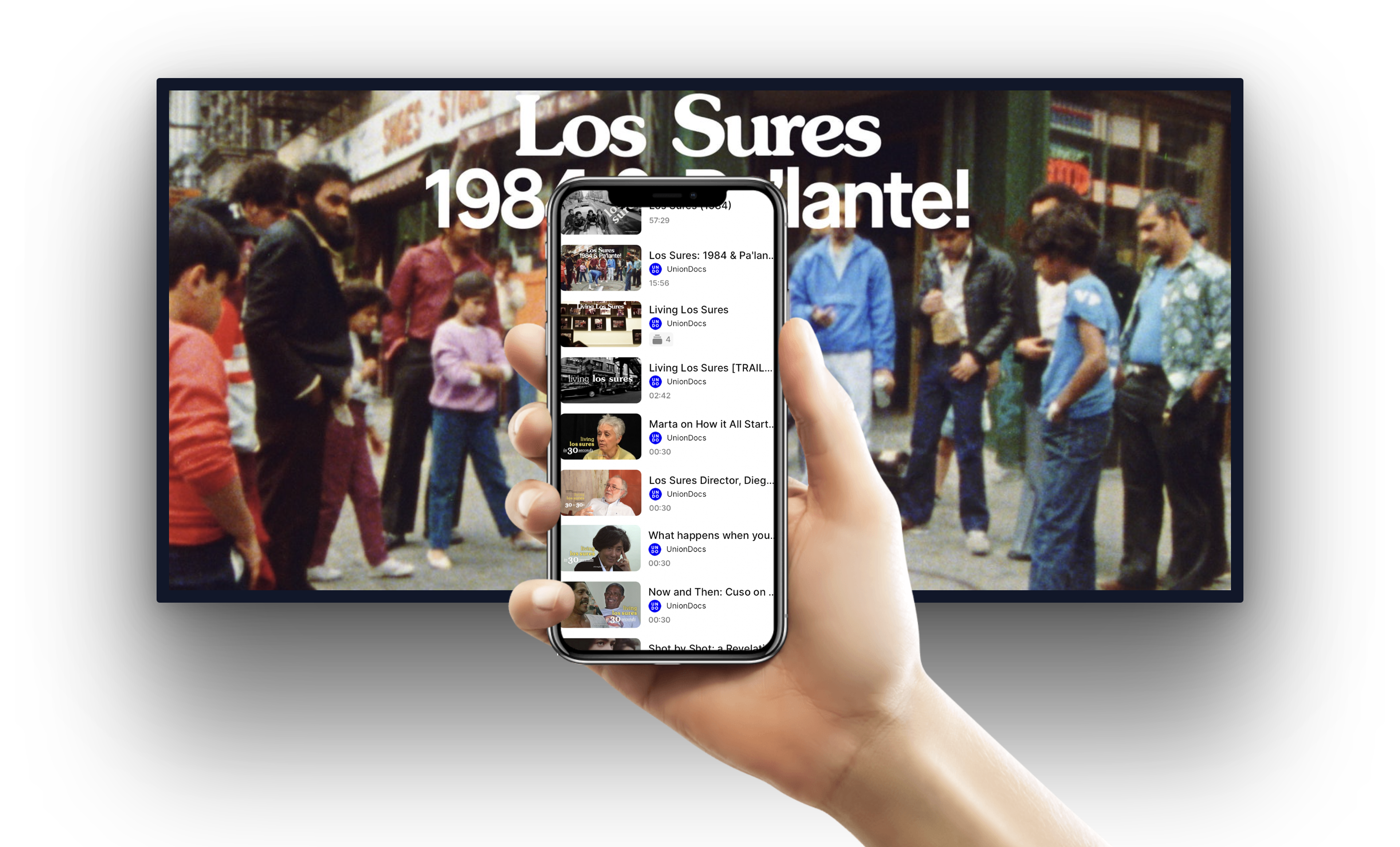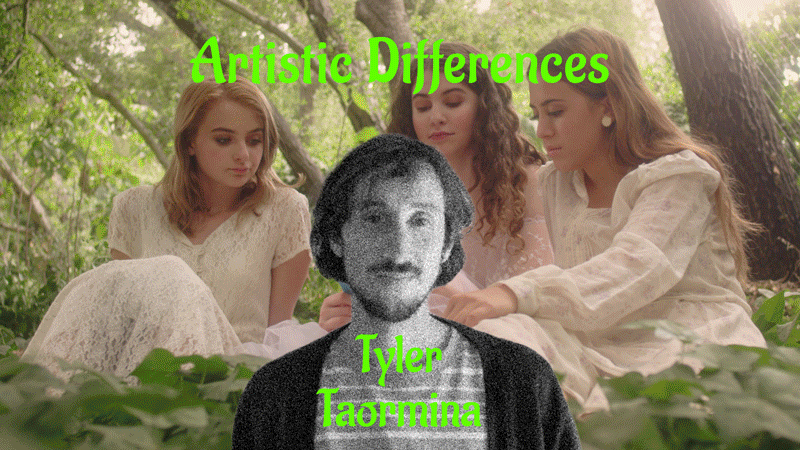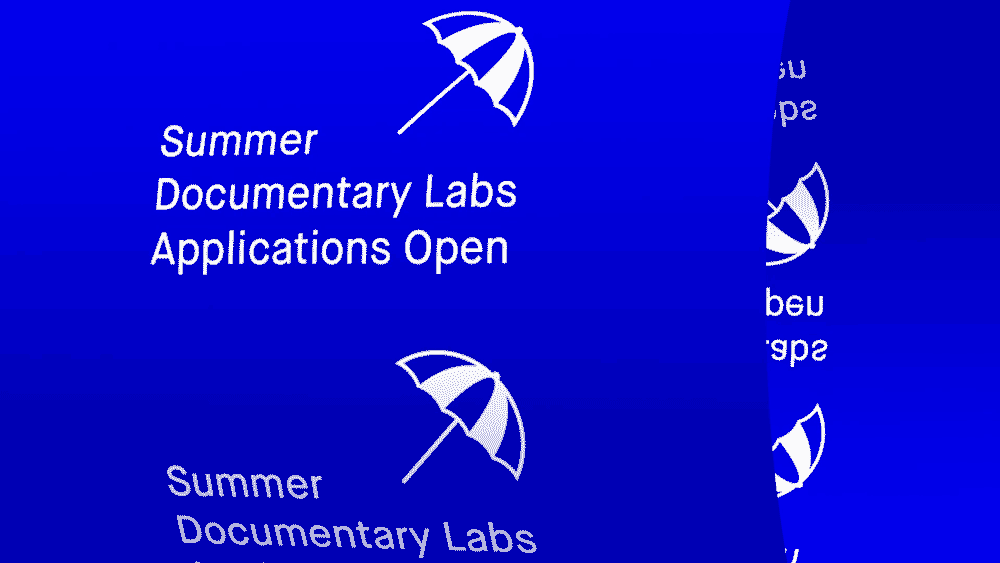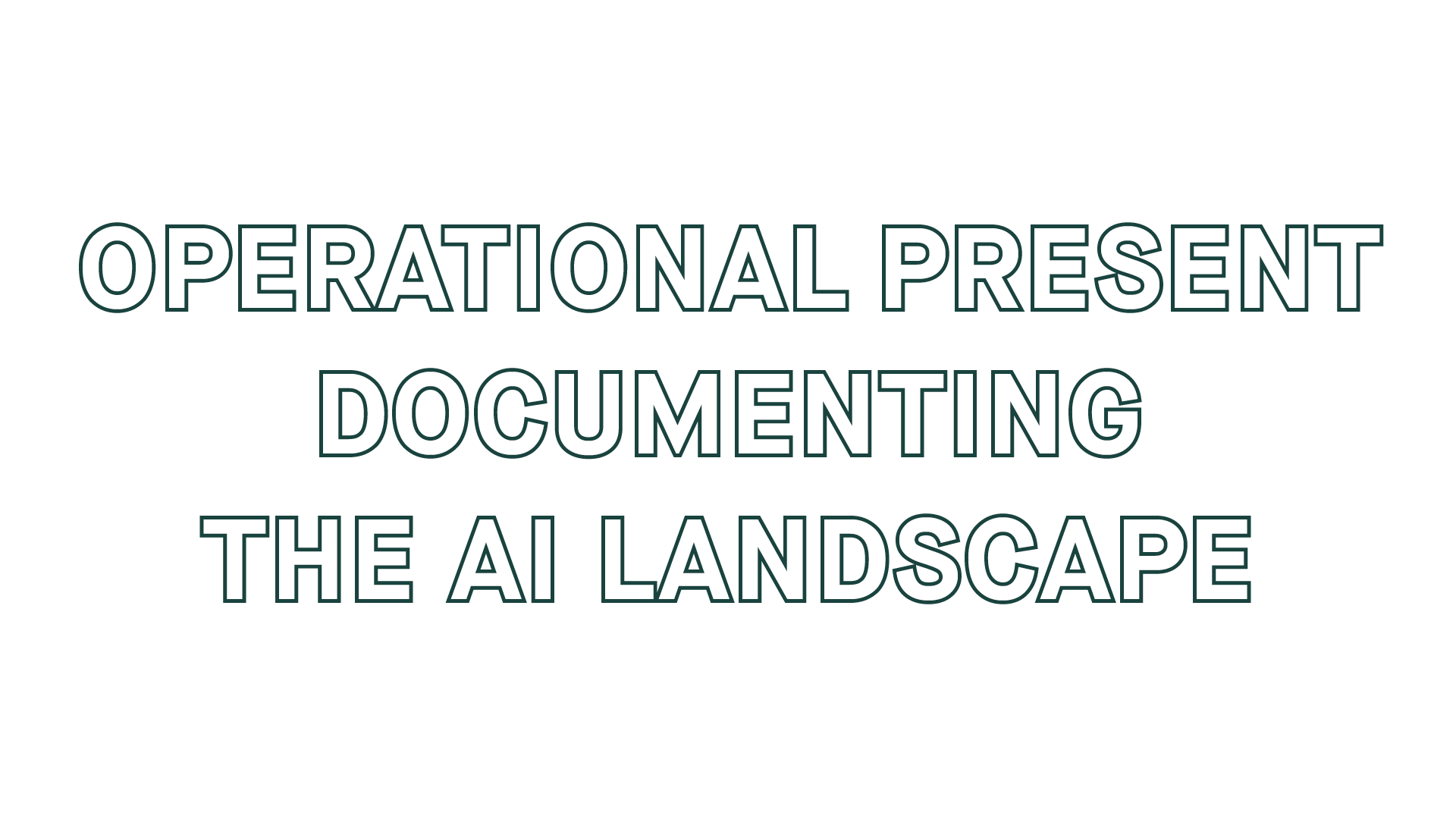
With support from Google's Artists + Machine Intelligence (AMI) program, UnionDocs is inviting a group of documentary artists to be part of a 4-part workshop to propose modes of observing the AI landscape, as it operates in the world today. Setting aside tired doomsday scenarios or promised utopias, we’re asking folks to develop project sketches and research inquiries that consider how we might ground and record the impacts and the emerging culture of artificial intelligence in the present tense. While there is no shortage of hype and opinion circulating, a profound change in society, especially regarding work and labor- from hiring to communication to manufacturing— but where might the most compelling evidence of these changes be found and how can it be usefully documented?
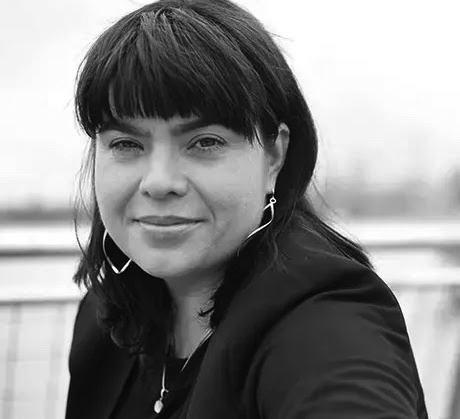
HILKE SCHELLMANN
LEAD INSTRUCTOR
Hilke Schellmann is an Emmy-award-winning journalism professor at New York University and a freelance reporter holding artificial intelligence accountable. Her work has been published in The Wall Street Journal, The Guardian, The New York Times, and MIT Technology Review, among others. She is currently writing a book on artificial intelligence and the future of work for Hachette.
ARTISTS & EXPLORATIONS
UNTITLED ESSAY FILM
Beyza Boyacıoğlu
Documentarian and Film Editor
My daughter and ChatGPT were born two months apart in 2022. Since then, I’ve been fascinated by my daughter constantly unlocking new skills and adapting to her environment, while witnessing the world she is adapting to possibly being at the cusp of a radical technological shift. It is exciting and it is worrying.
This moment reminds me of the premise of the early world wide web – democratization of information and global connectivity – and the disillusionment that followed when the internet turned into an unsafe space of conspiracy theories and corporate greed. Today, AI technology is prophesied to be the next gamechanger, yet again we nurture machines in corporate environments fixated on profit and productivity. Is the best use of machine intelligence excavating oil faster and more efficiently? Or constant monitoring of workers? Or personalized ads? I hope not.
Inspired by James Bridle’s Ways of Being in which they write about intelligence in non-human beings with care and humility, I would like to explore AI systems that are trained on non-human data, that can teach us something we did not know about ourselves, challenging our own flawed way of being and expanding our imagination. I envision this project as a personal essay film rooted in my worries as a mother and that delves into research of scientists and writers who are already thinking of AI in the realm of whale communication, networked forests and mycelium, and slime mold behavior.
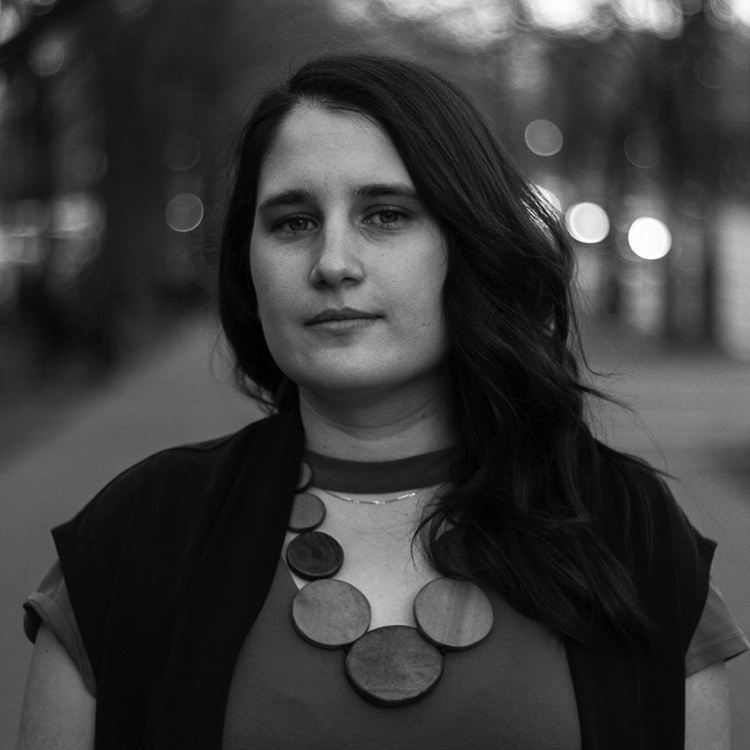
Beyza Boyacıoğlu is an award-winning documentarian and film editor from Istanbul, currently based in Brooklyn. Her work has been exhibited at MoMA Doc Fortnight, IDFA DocLab, RIDM UxDoc, MoMA PS1, Creative Time Summit, Barbican Centre, UnionDocs, Maysles Cinema, Morelia International Film Festival, !f Istanbul and many others. She is a Brooklyn Filmmakers Collective member and alumnus of fellowships from UnionDocs, Chicken & Egg, Close Up and Karen Schmeer Film Editing program.
Beyza was selected a 2022 Webby Award Honoree with her interactive documentary Zeki Müren Hotline. As a film editor/writer, her most recent feature project was a collaboration with Vivek Bald on his award-winning documentary In Search of Bengali Harlem which will premiere on PBS in December 2023.
Beyza was a researcher and producer at MIT’s Open Documentary Lab between 2014 - 2018. She holds an MSc in Comparative Media Studies from MIT an an MFA in Computer Arts from SVA and a BA in Visual Arts from Sabanci University.
UNTITLED PROJECT
Peggy Ahwesh
Filmmaker
In the 19th century, inventors and scientists investigated the many ways technology might be
adapted and translated for human use in coordination with our human senses. Kittler called it
'conversion mania' and it seems with the current experiments with AI we are again in such a
moment- text prompts yield images, sound can be transposed to color, images to video, poetry
prompt to animation, text transformed to voice, etc. Related to this notion, the art work of Paul
Sharits (1943-1993) presents an interesting case for a new understanding of his practice.
Sharits made color charts that he called "scores" - beautiful in themselves as drawings- but in many cases they functioned as the "score" or multi-colored notational system for one of his Structural movies. There are a set of drawings called Passare (1988) in which Sharits made the drawings but did not make the corresponding films. He also wrote about them as unrealized music. The potential is there with AI technology to both Honor Sharits' legacy and work with the drawings as "scores" and their given "notation" and be inspired by them to do conversions for new, playful creative works in moving image and sound.
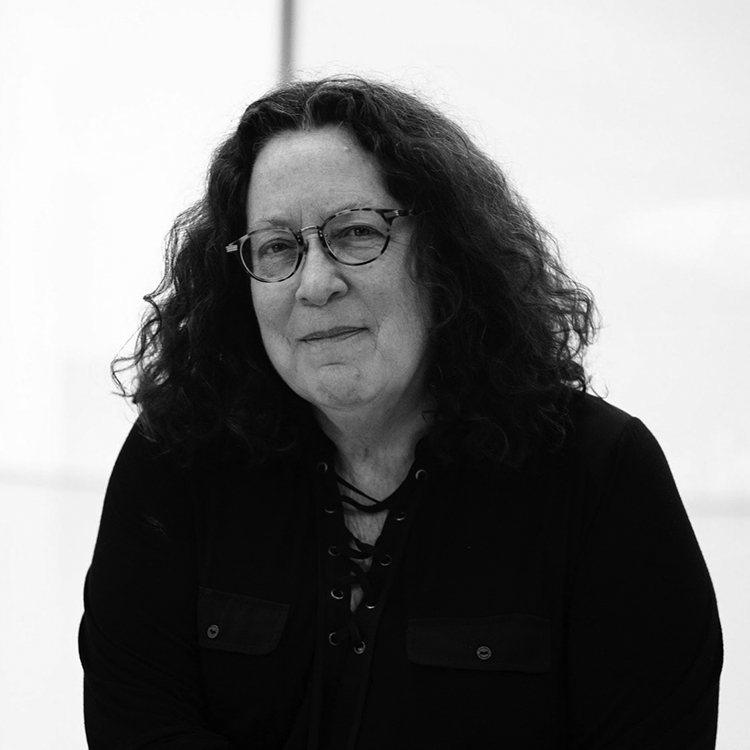
My work spans a variety of technologies and aesthetic styles in an inquiry into feminism, cultural identity and the social, which together provide a look at the contradictory nature of humans in the pursuit of truth, purpose and pleasure. Themes of gender subjectivity and social relations are presented through improvised situations, found footage and the use of low-fi technologies, turning the conventions of realism on end. I came of age in the 1970s with S8 film and the Pittsburgh punk scene.
NAMING NATURE
G. Anthony Svatek
Artist and Filmmaker
Among amateur naturalists, wildlife-identification apps are rising in popularity. Using artificial intelligence to scan troves of snapshots uploaded on-site via phones, these tools pull up the correct nomenclature within a matter of seconds. But what exactly is the marvel here - the camouflaging Prionoxystus robiniae (Carpenterworm Moth), or the power of computer vision in the app-user's hands? What if we drew on our personal “databanks” - memories, emotions, vernaculars, experiences, dreams - to self-determinedly and wholly-unscientifically create our own taxonomies? In trying to overcome our dwindling nature lexicon, this project proposes an alternative to deferring to technology to identify, name, and connect with the natural world, at a time of heightened tech-fetishization and environmental alienation.
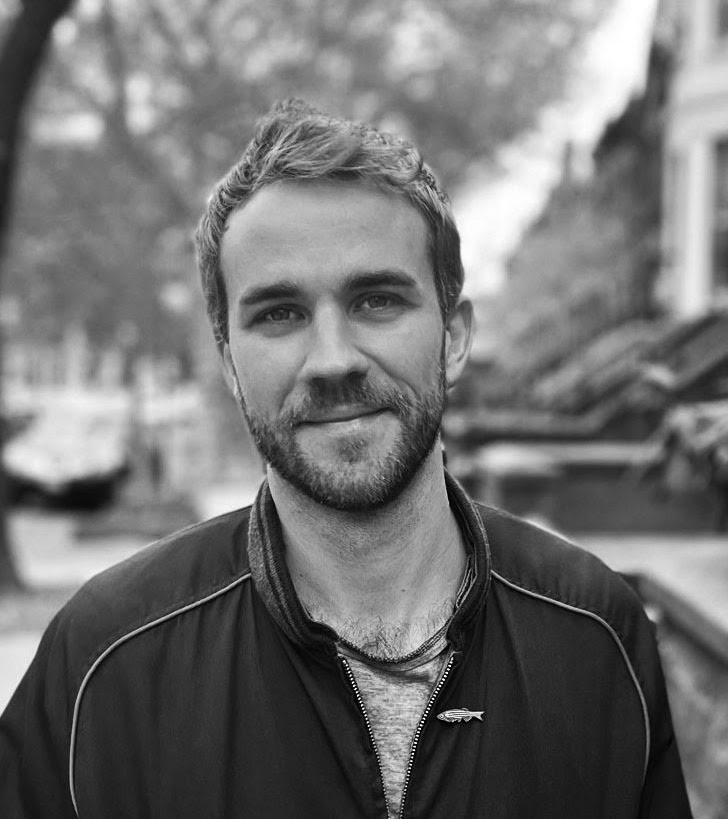
G. Anthony Svatek is an artist-filmmaker based in NYC. Having grown up at the foot of the Austrian Alps, Anthony is deeply awed by the living world and how techno-urban lifestyles change our relationship to natural and urban environments.
Amongst others, his work has been shown at NYFF, IFFR, Edinburgh IFF, Ann Arbor FF, Big Sky, and DOCNYC, and published by Harper’s Magazine and Le Cinéma Club. He's received support from NYSCA, Austrian Cultural Forum New York, Simons Foundation, and he is the recipient of the New Visions Golden Gate Award at SFFILM.
Recently, Anthony completed his short SOME THOUGHTS ON THE COMMON TOAD, narrated by Tilda Swinton, and he’s in production on HUMBOLDT USA, a feature experimental doc about the legacy of 19th century queer naturalist Alexander von Humboldt set in three U.S. places bearing his name.
Anthony works professionally under the company Kulturfolger Productions, which includes projects for the New York State Parks Department, BBC World News, Deutsche Welle, and Pioneer Works. He has staffed seasonally at the Flaherty Film Seminar, The Climate Museum, and the American Museum of Natural History.
WILL YOU DANCE WITH ME?
Yehui Zhao
Artist and Filmmaker
Humans and machines have an intimate, co-dependent, evolving relationship: machines perform, humans perform with machines, and machines alter how people work. In an exploration of the intimate and co-dependent evolution between humans and machines, my proposed film project delves into the nuanced ways humans interact with artificial intelligence. The project seeks to document and creatively reinvent the range of human interactions with AI – from the workplace to environments pervaded by AI-driven surveillance and automation. By observing and recording verbal, non-verbal, and physical responses, a rich dataset capturing diverse human motions and movements will be generated. This data becomes the basis for AI-generated choreography, which is then interpreted and performed by human dancers. Movements vary largely based on our identities and are reflections of our complex relationship with history and social issues, inequalities and “isms.” The human body inhabits the collisions of gender, race, disability, language, and sexuality that persist in machine learning. I’d like to study if and how AI can interpret and release intersectional, decentralized euro-american, accessible body movement. Ultimately, the project interrogates the many layers and dimensions of human and AI interaction and interpretation, and how these movements interface with normative power structures. The film will serve as a forum to discuss artists’ changing roles and responsibilities amidst the rapid development of AI.

Yehui Zhao is a multi-media artist whose work explores migration, decolonization, heritage and regeneration. Yehui’s work takes root in the feminist legacies of the global south and draws inspiration from undocumented collective memory. Yehui’s films have been featured at UnionDocs, DOC NYC, Prismatic Ground, Microscope Gallery, Asian American International Film Festival, and other programs. Yehui has published paintings, prints and writing at Brooklyn Rail, Brooklyn Review and Action, Spectacle. Yehui currently serves as the Art Director of 128 Lit, an award-winning international art and literature magazine.
ART AND ARTIFICE: THE AESTHETICS AND ECONOMICS OF GENAI
Darren Zhu
Synthetic Biologist
This project seeks to understand the implications of AI on the world in a moment where its impact seems both inevitable and inscrutable. Is generative AI a form of automation that makes media faster, cheaper, easier to produce? One that has the potential to both democratize and displace creative labor with infinite mediocrity? Or can AI usher in a fundamentally new aesthetic — “AI as a new kind of camera,” as Runway founder Cristobal Valenzeula posits? To explore these questions, this project draws from historical precedent (such as Nadia Magnenat Thalmann’s "How to Make A Synthetic Actor" from 1988), contemporary discourse (including the rise of generative AI tools — Midjourney, RunwayML, ComfyUI — coinciding with the 2023 SAG-AFTRA negotiations around synthetic performers), and speculative futures (such as writing by Stanislaw Lem and Ted Chiang).

Darren Zhu is a synthetic biologist that studied at Yale. He has worked on projects to research and develop new medicines, diagnostics, and metascience infrastructure with various scientific organizations, including the Berggruen Institute, Gates Foundation, Hexagon Bio, and Enevolv. Most recently, Zhu worked with media artists and filmmakers at the new Antikythera design studio housed at the Berggruen Institute to develop new models around the philosophy of science and technology, which resulted in three short film projects: Xenoplex (on the origins of life and astrobiology), Ends of Science (on the epistemic implications of AI for scientific discovery), and Autocatallaxy (on the history and future of computational economic systems).
GUEST SPEAKERS & INSTRUCTOR BIOS
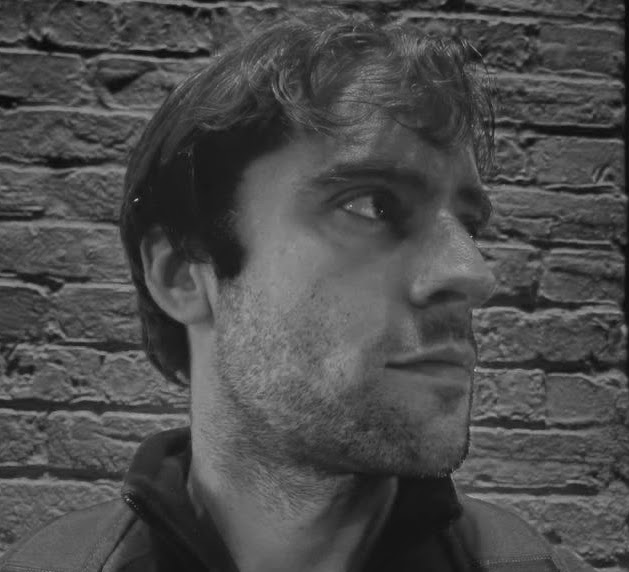
Luke Sernau
(Google AMI)
Luke Sernau has spent most of his career trying to understand and build artificial minds. His research has taken him from launching the original Facebook Search to his current work studying memory and reasoning at Google. When he's not building, Luke is passionate about engaging with others about the role AI will have in society. He believes that collaborating with the broader public is vital to building a world where AI is primarily a force for good.
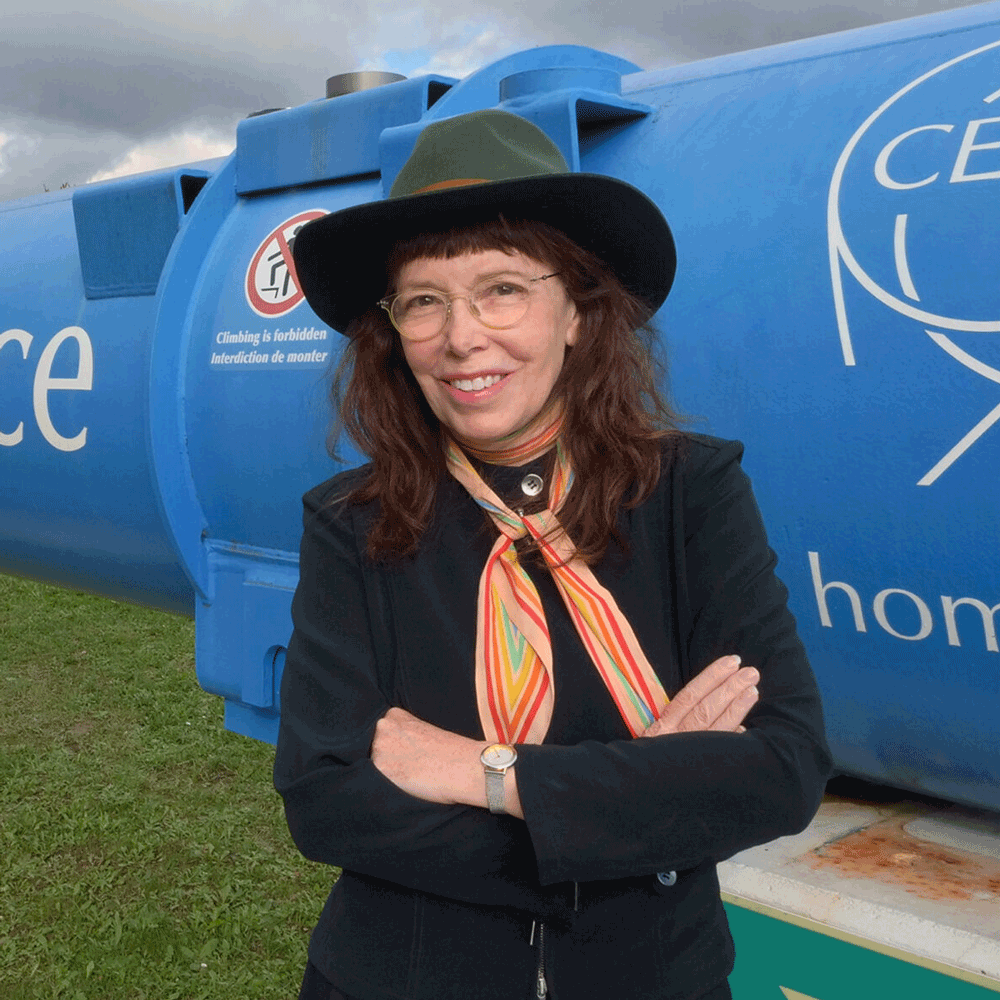
Leslie Thornton
(Filmmaker)
The career of American filmmaker and artist Leslie Thornton spans five decades. Thornton occupied an important place in cinema history early in her career, straddling structural filmmaking and the feminist avant-garde, using the materiality of film to interrogate matters of identity, representation, history, and perception. Her experimental practice has continued to evolve into the 2010s as she incorporates new technologies into her videos and installations.
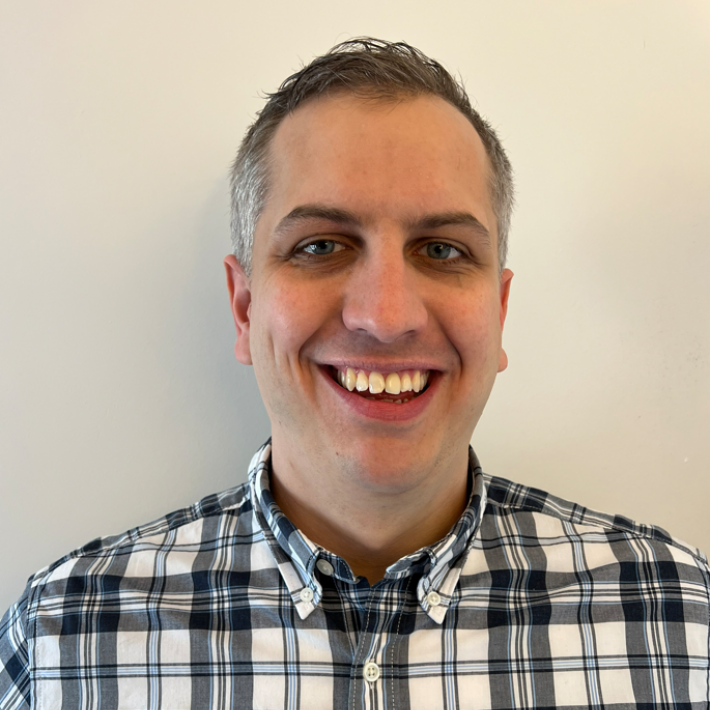
Dan Reynolds
(Assistant Director of Research for the Communications Workers of America)
Dan Reynolds is the Assistant Director of Research for the Communications Workers of America. He's worked for 13 years in labor research at CWA, specializing in bargaining support and analysis on wages and benefits at major employers across telecommunications, airlines, public sector and manufacturing industries.
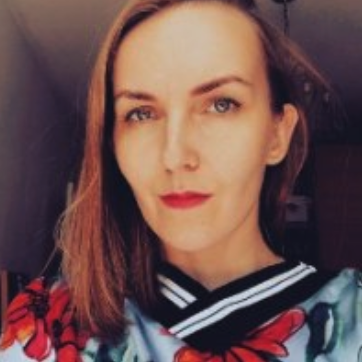
Eva Kozanecka
(Google AMI)
Eva Kozanecka is a Polish-born filmmaker, producer, and researcher, based in Brooklyn, New York. She has produced and directed films for Google, Microsoft, and the Museum of Modern Art. Her work has been recognized by the New York Times and The Museum of Modern Art. Since 2018, she co-leads a research program at Google investing in artistic projects using A.I. technologies.

Alice Moloney
(Google)
Alice Moloney is a Creative Strategist at Google where she explores the societal impacts of AI and how to develop emerging technologies in ways that genuinely benefit people. She joined Google in 2017 to art direct thousands of tiny images in the form of emojis, stickers, GIFs, and camera effects and found her way to AI research from there. Before entering the tech industry, Alice was a Creative at Anyways and a freelance illustrator for clients such as IDEO, Tate, The Guardian, and Ralph Appelbaum Associates.
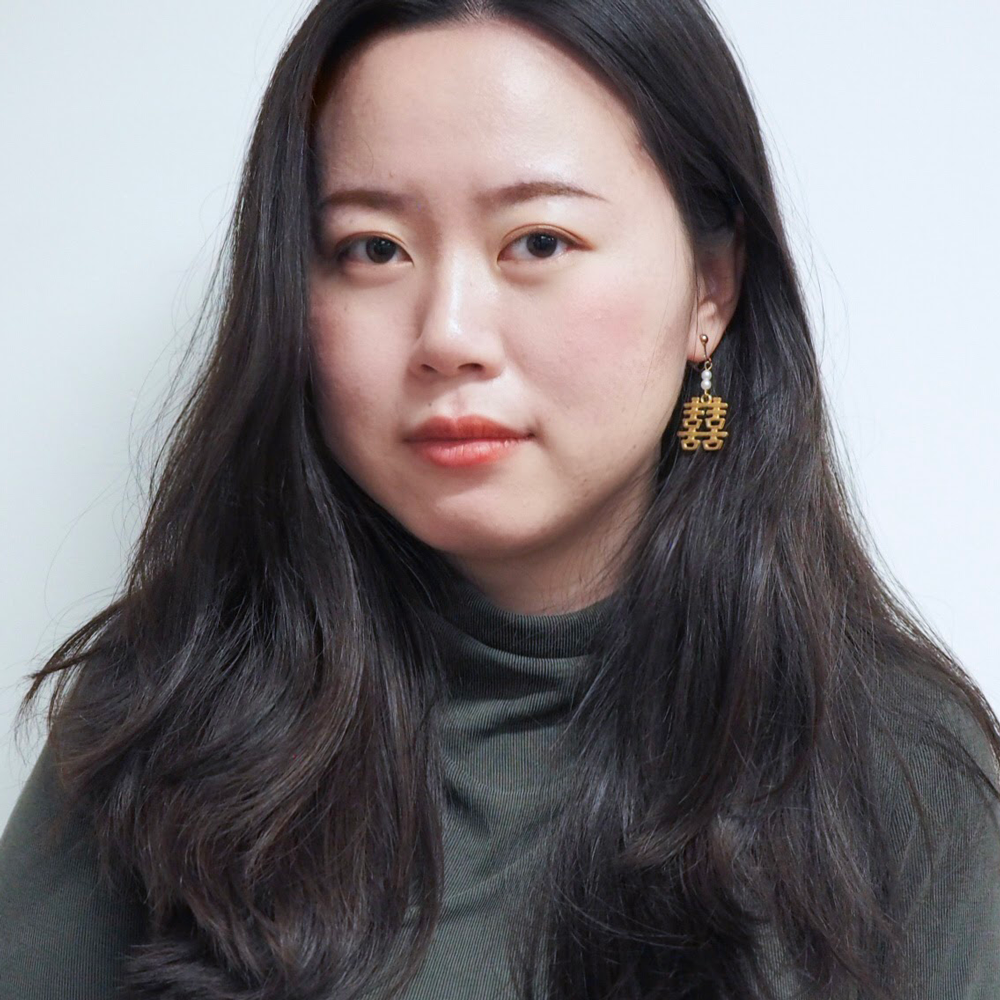
Tong Wu
(Google)
Tong Wu is a creative technologist at Google and a new media artist, based in Brooklyn, New York. Her practice, which incorporates research, AI models, digital experiments, installations, creative design and workshops, explores the subtle yet dynamic connections we make with ubiquitous AI systems. Her work has been recognized and exhibited at the International Documentary Film Festival Amsterdam, NeurIPS Workshop, International Olympic Committee, CURRENTS New Media, INDEX Biennale, and more.
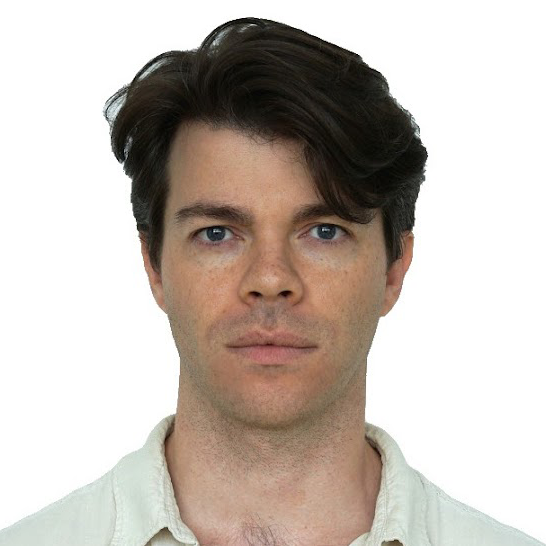
Kyle Pedersen
(Google)
Kyle Pedersen is a Staff User Experience Designer at Google exploring alternative futures through applied and speculative design practices. He works full-time on an interdisciplinary creative team helping to shape what machine learning does, where and why it is used, and how it interacts with and benefits our society and planet.


